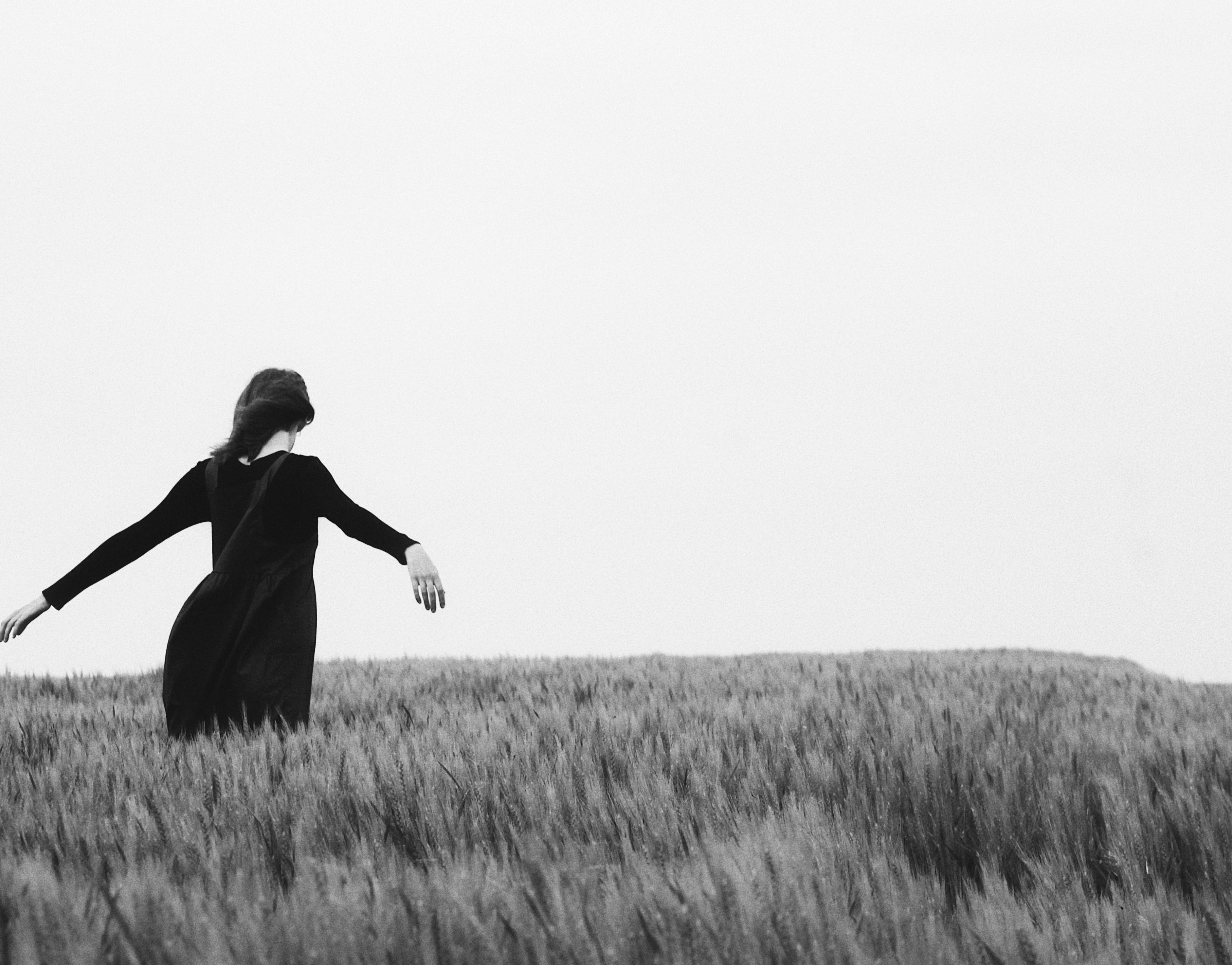Many of us broke barriers: either personal, cultural, or societal. Some of us do it every day, while others rarely get the chance. Often, we don’t even realize when we’re doing it.
When I was in school, I was a competitive ice dancer. I started as a singles skater but switched to ice dancing at age 11. It wasn’t easy. At that age, girls hang out with girls, and boys with boys. During our first practice, my partner and I barely spoke or held hands. Our friends made fun of us, making things even harder. For the first few lessons, we avoided eye contact and skating together. Then, the head coach suggested we go back to singles skating – and suddenly, holding hands with a boy wasn’t a problem anymore. I wanted to ice dance that much! I didn’t realize it then, but we were breaking internal barriers. Today, many famous and not famous women inspire me to continue pushing myself out of my comfort zone.
One greatest example of a woman who broke many barriers, to me, is Frida Kahlo.
Frida confronted and transcended the cultural, physical, and societal barriers of her time with unique creativity and resilience.
She broke away from traditional artistic norms with her distinctive style and personal themes. Her self-portraits explored her identity, pain, and experiences – which was unconventional back then.
Frida painted the female experience in a raw and unfiltered way. She addressed themes like female suffering, sexuality, and the female body in groundbreaking ways. She defied traditional gender roles not only through her art but also in her personal life.
Frida proudly celebrated her Mexican identity in her art, using indigenous symbols, folklore, and cultural motifs. This was a significant departure from the Eurocentric art standards of her time.
She faced significant physical challenges due to a severe bus accident in her youth and ongoing health issues. Despite constant pain and multiple surgeries, she continued to create art, turning her suffering into a source of inspiration.
Frida broke through limitations, and her impactful art, despite her disabilities and chronic pain, has inspired many and influenced countless artists and feminists worldwide.
Have you seen the movie “Hidden Figures”?
It’s about three African American women who played critical roles at NASA during the early years of the U.S. space program.
Katherine Johnson was a brilliant mathematician whose calculations were crucial to the success of the first U.S. manned spaceflights. Her presence in predominantly white, male spaces within NASA helped challenge and change racial and gender norms. Her work paved the way for greater acceptance of women and African Americans in STEM fields.
Dorothy Vaughan became NASA’s first African American supervisor, leading a team of African American women mathematicians. She taught herself and her team programming to transition to the new IBM computers, breaking significant racial and gender barriers within NASA.
Mary Jackson became NASA’s first African American female engineer. To achieve this, she had to petition to attend night classes at an all-white high school to get the necessary qualifications. Beyond her technical contributions, Jackson worked to influence hiring and promotion policies to help other women and minorities advance in their careers.
Their work not only contributed to critical space missions but also supported the broader civil rights movement. Their stories emphasize the importance of mutual support among women and minorities in achieving professional and personal success.
These are famous women who broke many barriers and are role models of courage, resilience, and determination. There are many women around me who broke their barriers, and I will bring their stories here, too.





